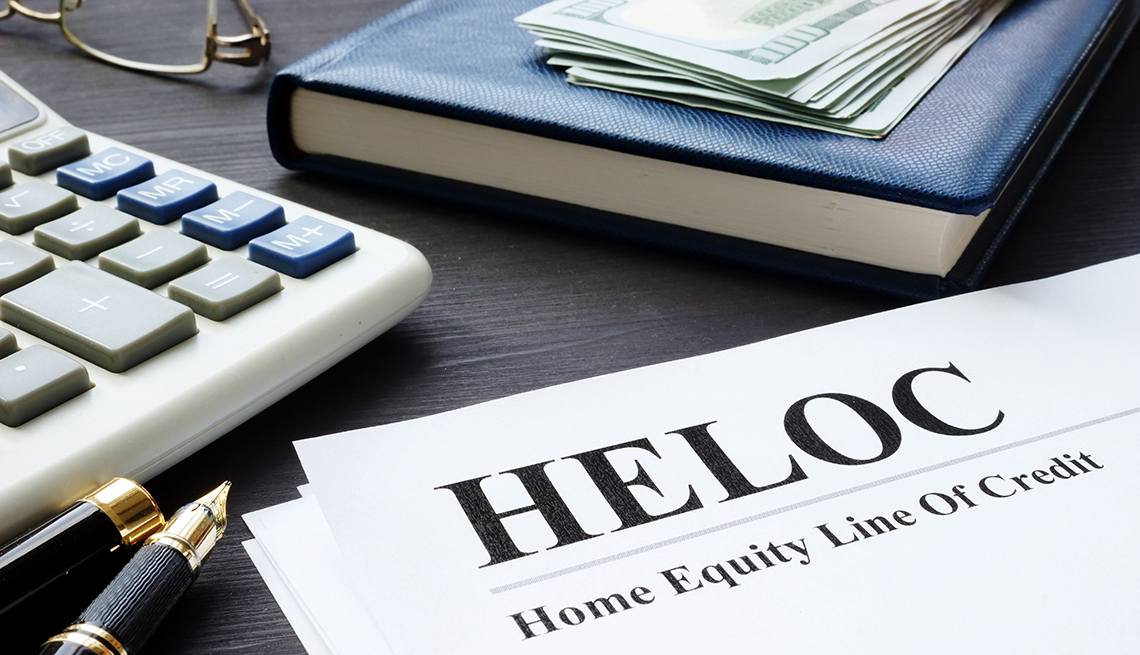AARP Hearing Center
If you’re a retiree and own a home, you’ve likely come into a windfall while cooking in your kitchen or watching TV in your family room. Thanks to a real estate boom, home prices rose 20 percent between February 2021 and February 2022, according to CoreLogic, a property analytics company. And if you own a residence in a warm-weather locale, like Florida or Arizona, the average year-over-year price increase was even bigger, with gains of 29.1 percent and 28.6 percent, respectively.
That means the equity in your home (the market value of your property minus what you owe on mortgages) is on the rise, too. Tappable home equity — the amount of money homeowners can access while still retaining at least 20 percent equity in their home — surged 35 percent in 2021, to a record $9.9 trillion, according to data and analytics provider Black Knight. That equates to $185,000 in equity for the average mortgage holder.
The rise in real estate wealth, however, has come at a time when prices for food, gas, cars and other consumer goods have gone up significantly, thanks to the highest inflation in 40 years. Stock market weakness early this year may also have put pressure on retirees’ portfolios, making it a less desirable time to withdraw funds.
So how can you take advantage of the cash piling up in your home without selling it? A home equity line of credit, or HELOC.
Personal finance pros say it’s prudent to have a line of credit in place so you can get cash in an emergency or cover a large purchase that would otherwise drain long-term retirement accounts. If you don’t have a HELOC, it’s a good idea to get one before a cash crunch strikes, says RJ Lindenmuth, senior vice president of refinance at mortgage lender Lower. “The ideal move is to get the HELOC before you need it.”
The ABCs of a HELOC
A HELOC is a type of home equity loan that typically carries a variable interest rate, which means your rate can rise if the Federal Reserve hikes interest rates. (Its cousin, a home equity loan, comes with a fixed rate and fixed amount, like a regular mortgage.) A HELOC is a second mortgage that works like a credit card and gives you access to a credit line that you can draw on when you need it by writing a check or using a credit card issued by your lender.
Lenders will typically let you borrow up to 80 percent of your home’s value, although some allow higher loan-to-value ratios. Most HELOCs have a 10-year draw period in which you can tap funds and have an interest-only payment option on the amount you spend. You then have up to 20 years to pay back both the principal and interest. HELOCs generally have lower rates than home equity loans, personal loans and credit cards, according to Bankrate.com. Currently, the average rate for a HELOC is 3.95 percent, according to Greg McBride, chief financial analyst at Bankrate. But the Federal Reserve is signaling six more quarter-point rate hikes this year, and borrowing costs will adjust higher in the months ahead.
A HELOC shouldn’t be treated as a piggy bank. The biggest risk is if you fail to make payments, putting you at risk of defaulting and losing your house to foreclosure. But it’s a good financial option, personal finance pros say, in limited situations. Tapping a line of credit may be appropriate for homeowners doing expensive renovations or improvements that allow them to stay in their homes and nest in place, especially during projects that don’t have a firm timeline. You can also use a HELOC to pay down credit card debt with much higher interest rates or as an emergency fund if a big or unexpected expense causes a short-tern cash problem. A HELOC “gives you some flexibility and options,” McBride says.


































































